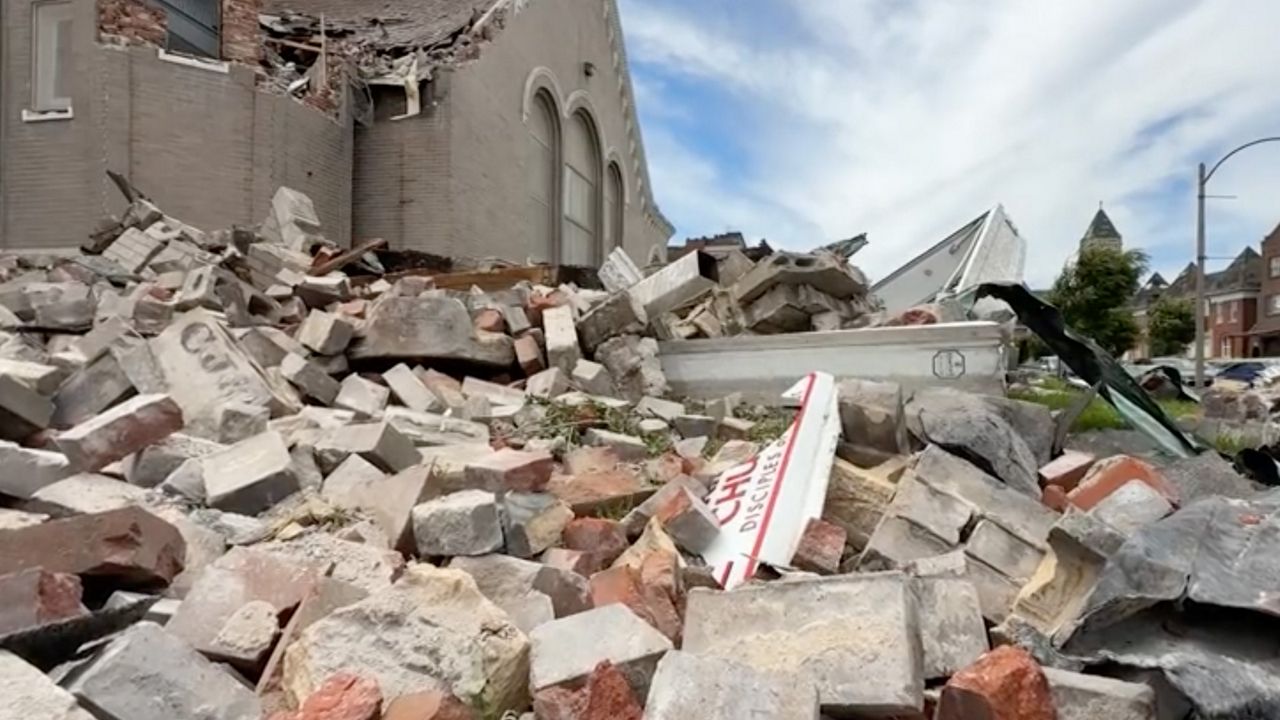November is meteorologically and astronomically fall, but as a transitional season, the month can see extreme temperature swings. In St. Louis, those temperature extremes can produce highs in the 80s and even snowfall.
Does a snowy start to the season mean the entire winter will be snowy?
Early November temperatures average around the lower 60s, and eventually into upper 40s by the end of the month. St. Louis accumulates just over 16 inches total of snow per season, with 0.9 inches, on average, each November.
In the past five years, snowfall totals have ranged from a trace to over five inches during the month. Nov. 2018 was a snowy month with a 5.2 inches total.
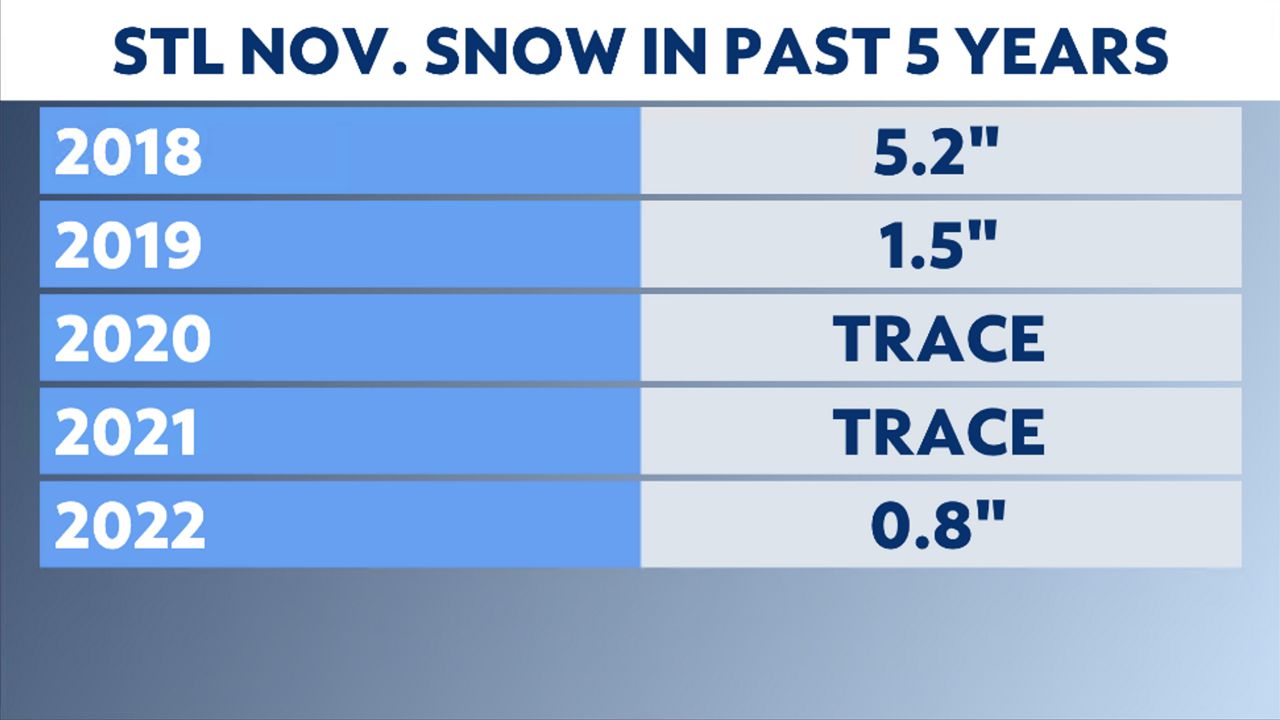
Last year, some parts of the St. Louis metro saw big snows. A storm system moved further north than expected during the early morning hours of Nov. 15.
This storm produced heavy snow along and south of Interstate 44. While the airport recorded 0.8 inches, areas just south saw anywhere from 2 to 6 inches.
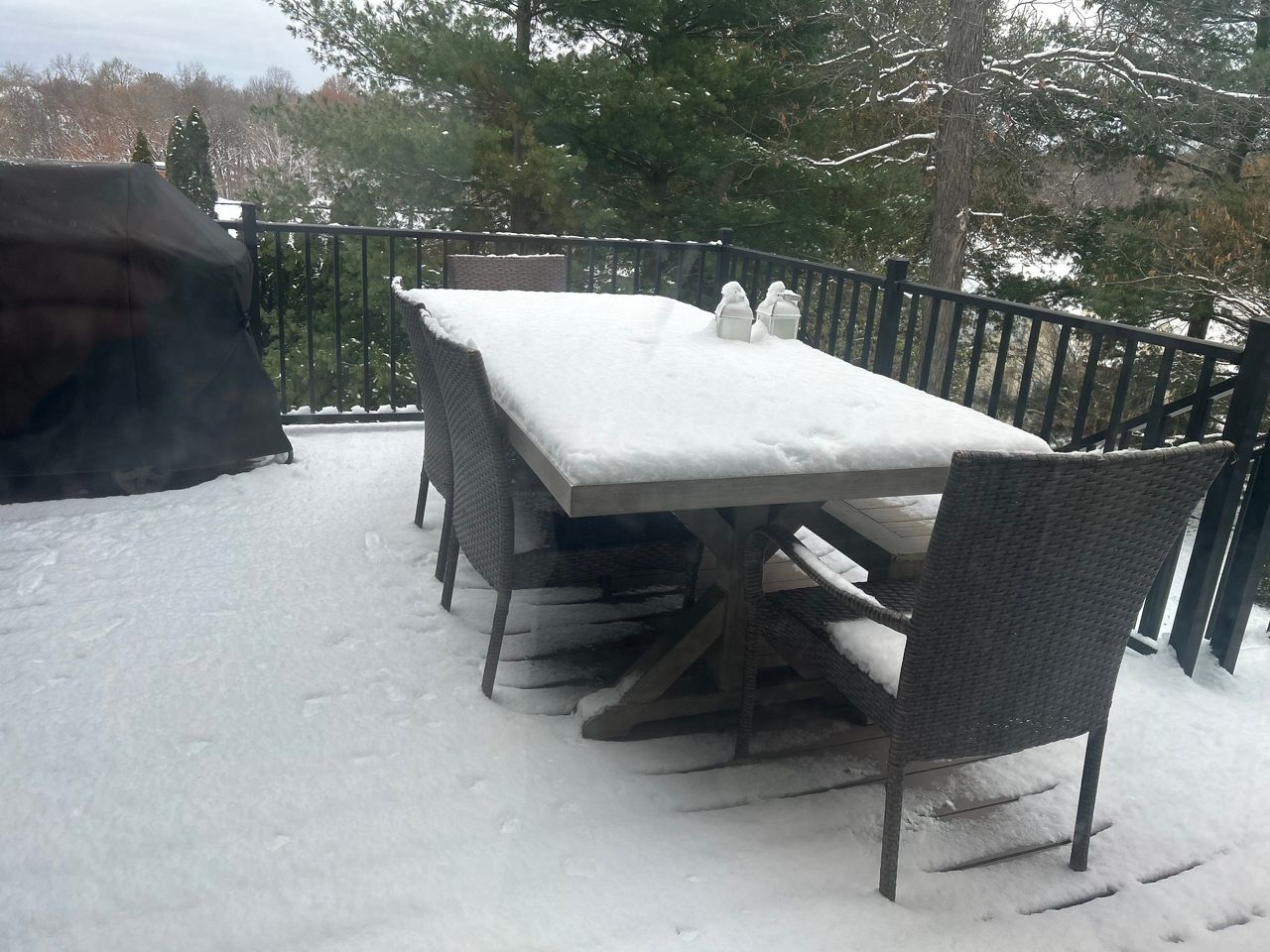
The biggest Nov. daily snowfall happened on Nov. 26, 1975, the day before Thanksgiving, also known as the busiest travel day of the year. Lambert International Airport recorded 7.6 inches of snow that day.
Two of the top five snowfalls happened on Thanksgiving Day, including 1929 and 1980 with 6.5 inches and 5.7 inches respectively.
Other big November snowfalls included an early season one. Nov. 6, 1951, saw 6.9 inches of snow.
A big mid-November snowfall happened on Nov. 17, 1926, where 6.2 inches of snow accumulated on the ground.
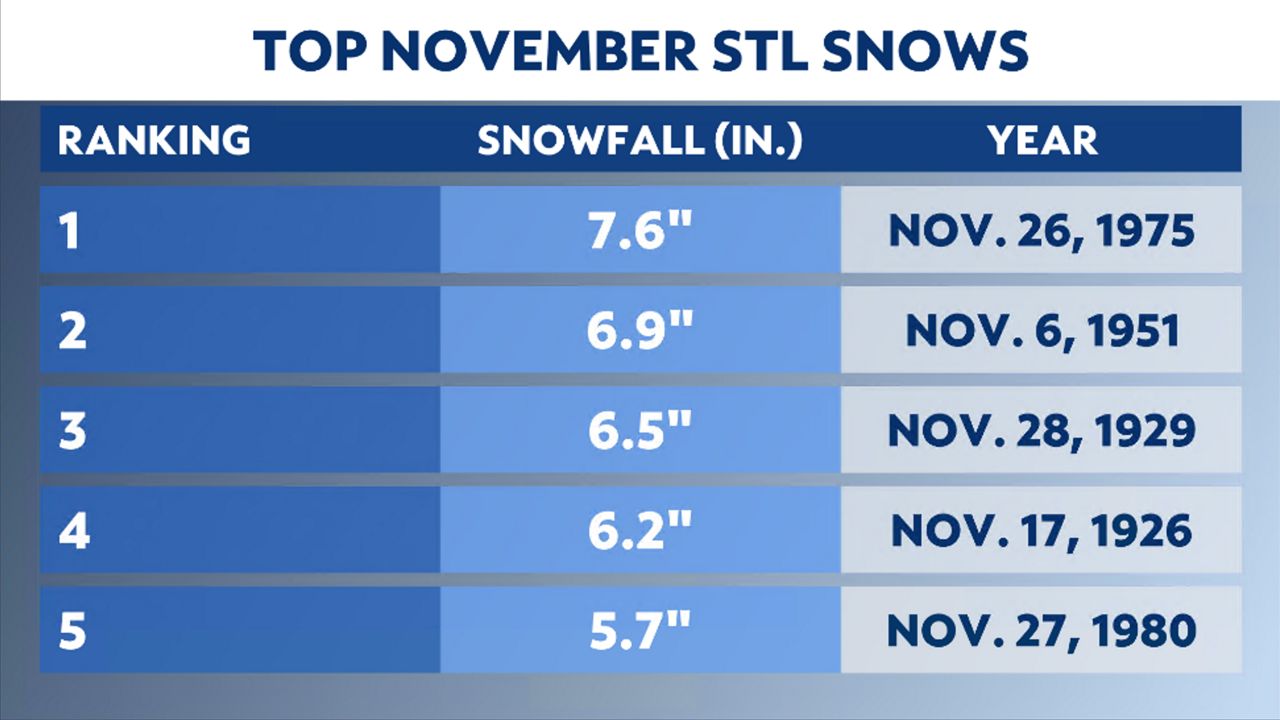
If the season begins snowy, does that mean the St. Louis area will see above-average snow for the entire season? Not necessarily.
Take the top five snowy days in November featured above. Three out of five seasons saw above-average seasons, with two of those not by much.
In fact, maybe the opposite argument can be made. If November is snowy overall, the rest of the season might not see much snow.
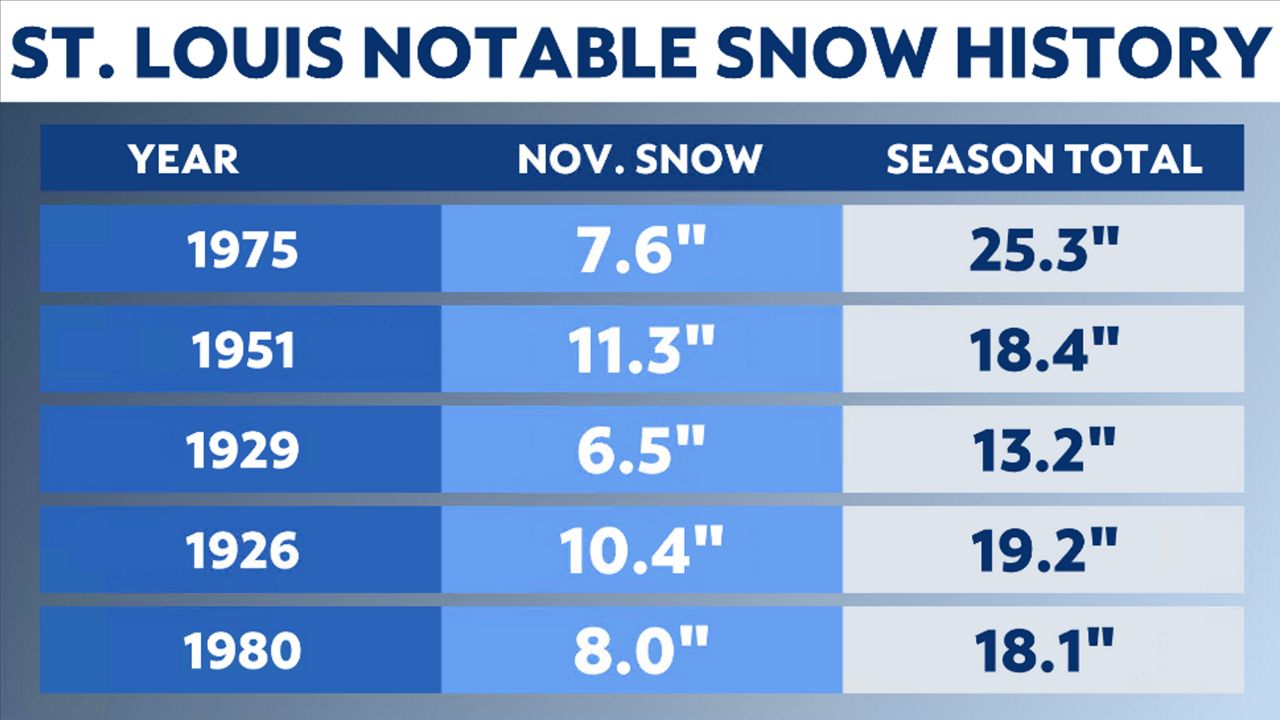
Take the season 1926, for example, Nov. 17 observed 6.2 inches of snow with 10.4 inches for the month. The overall total for the season was only 19.2 inches, meaning more than half of the season’s total snow fell in November.
Even recent years don’t see a strong correlation between a snowy November and an above-average season. 2018 was the only year in the past five that saw big November snow and then a snowy winter.
The other four years in the data set all recorded at least a trace of snow in November, but all four seasons were below-average with 2022 seeing only 32% of the seasonal average.
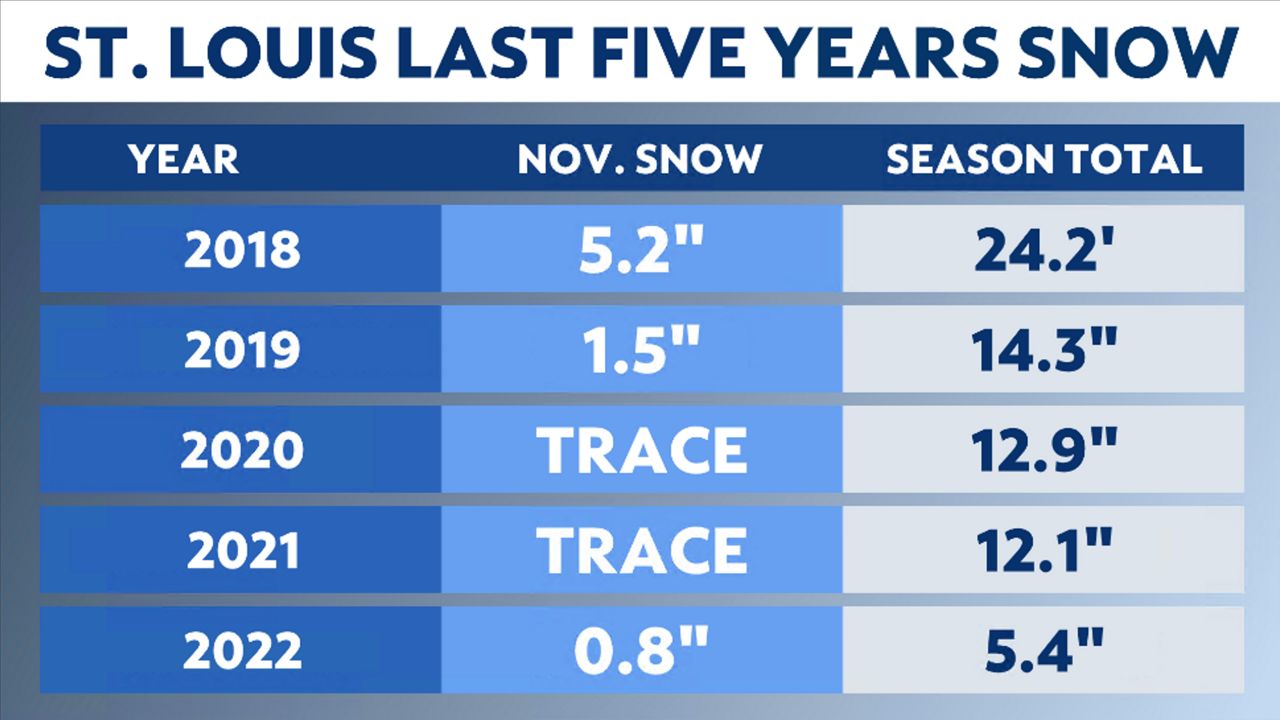
The average first date of measurable snow in the St. Louis area is Dec. 2 and Dec. 28 for the average first date of snow over two inches.
Looking ahead, this year the month looks to be warmer than average for temperatures and close to average for precipitation.
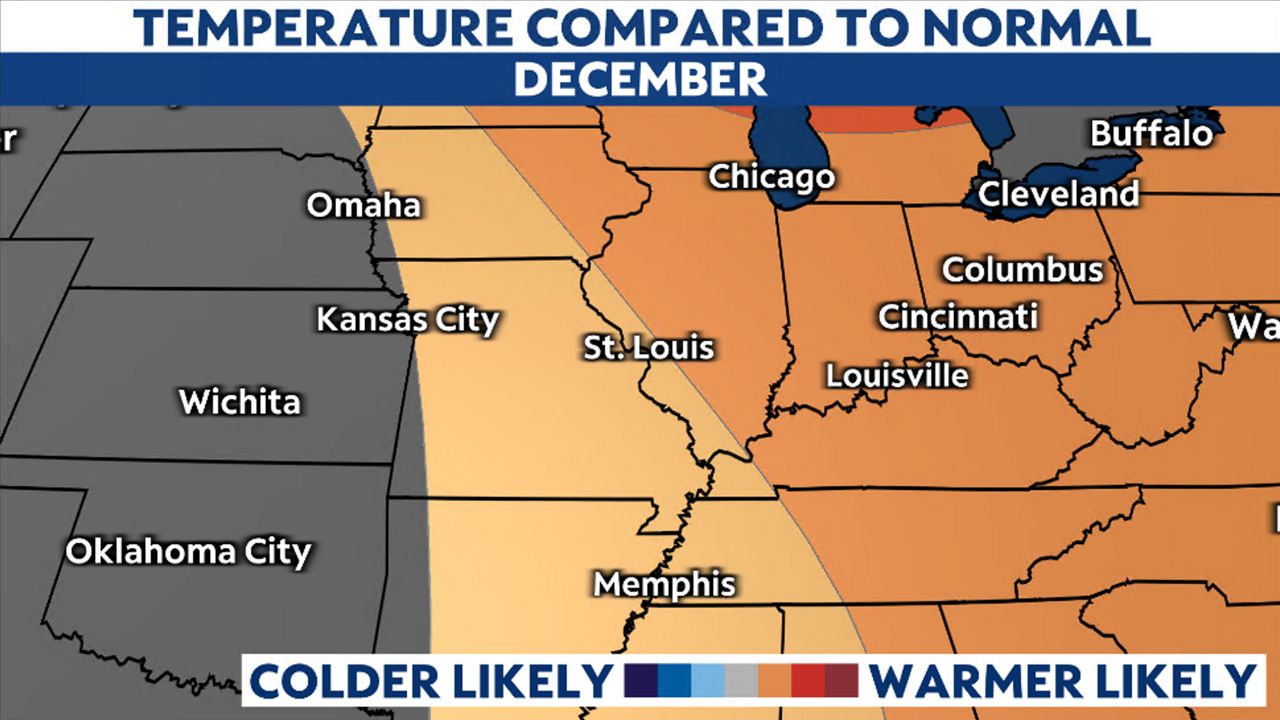
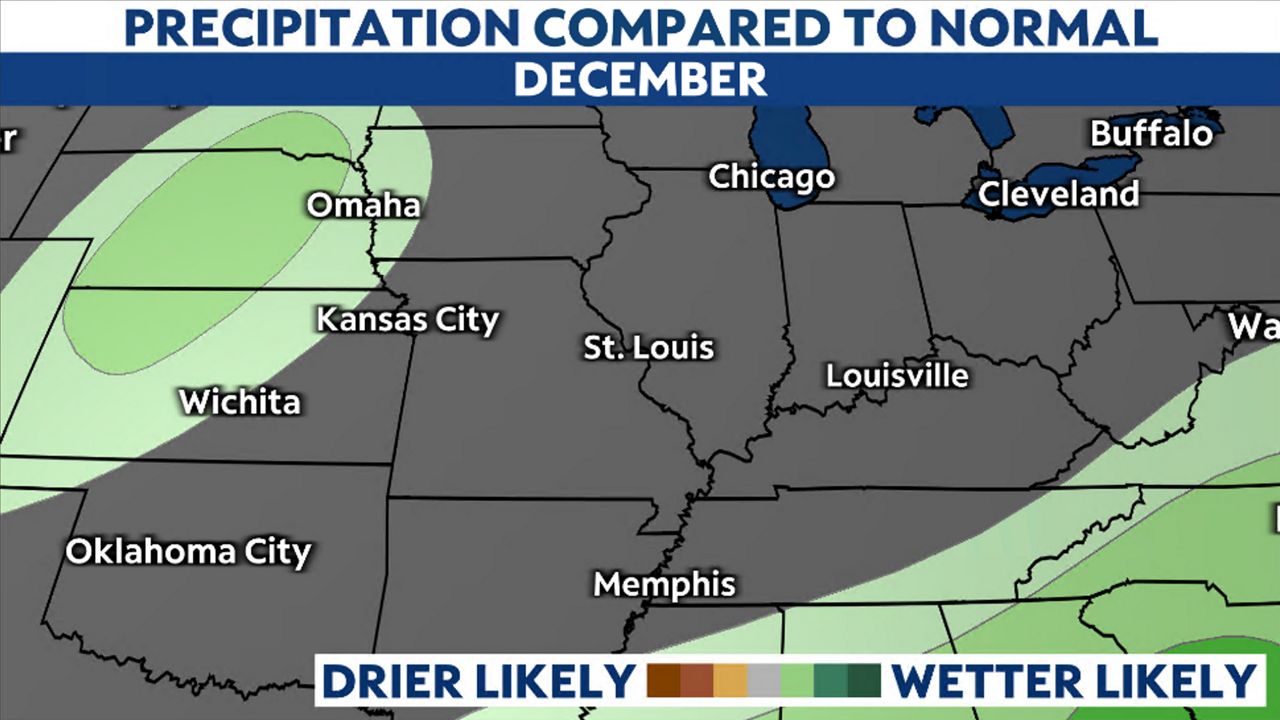
Our team of meteorologists dives deep into the science of weather and breaks down timely weather data and information. To view more weather and climate stories, check out our weather blogs section.





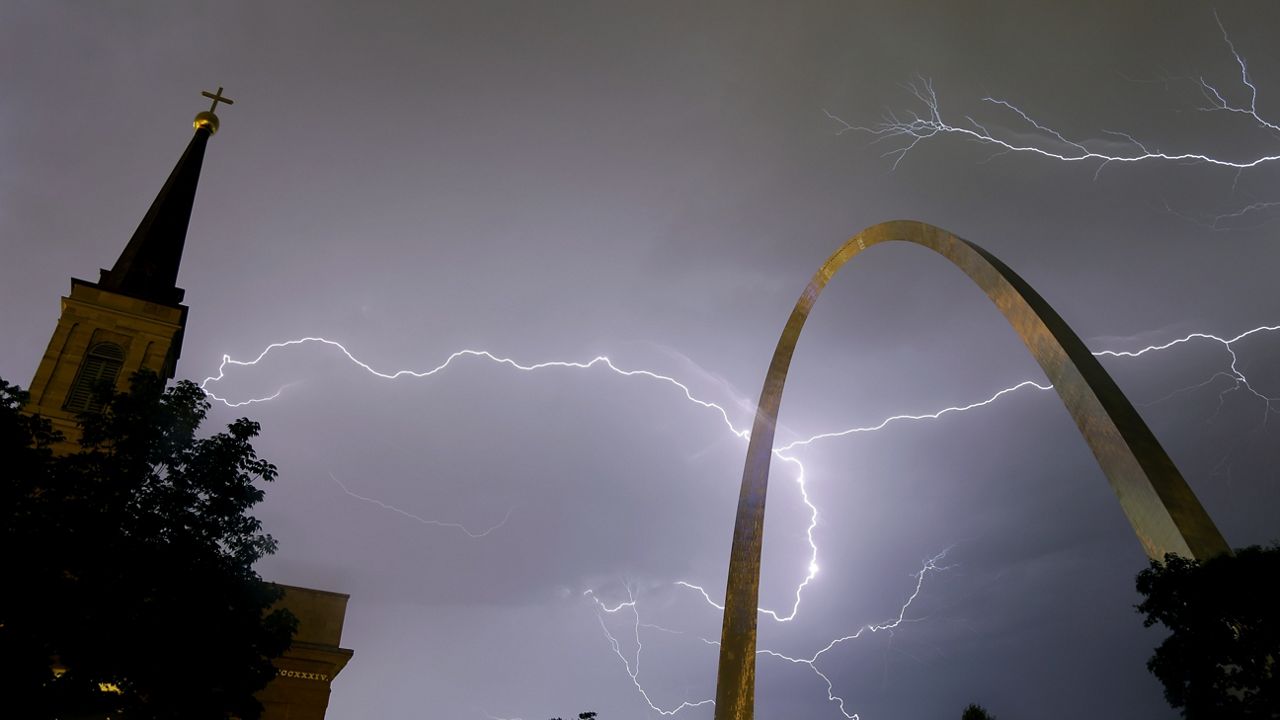
)

